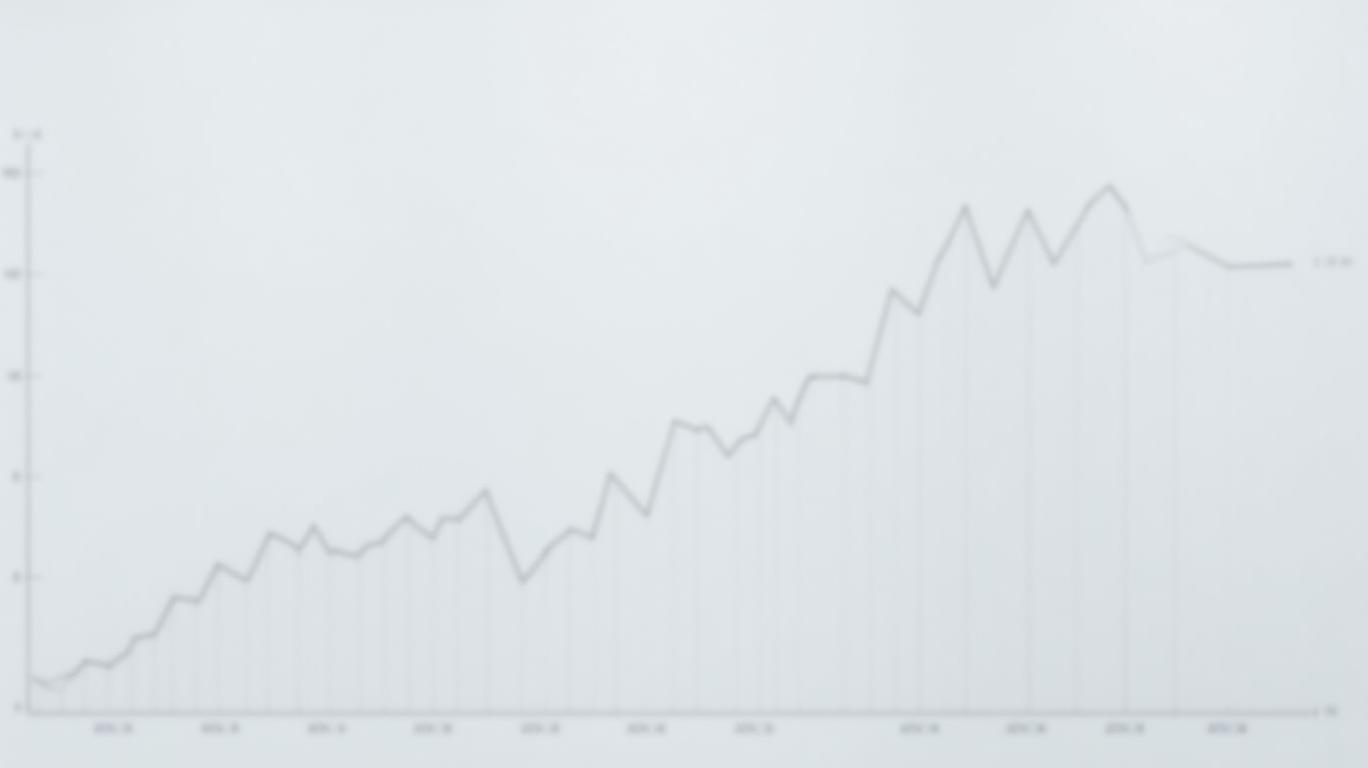AInvest Newsletter
Daily stocks & crypto headlines, free to your inbox
The German economy eked out a modest 0.2% quarterly GDP growth in Q1 2025, mirroring the same pace as Q1 2024 but offering little comfort amid persistent structural challenges. This tepid expansion follows a prolonged period of stagnation: two years of negative annual growth (-0.3% in 2023 and -0.2% in 2024) and a technical recession in late 2023. While the Q1 result suggests a “bottoming out” of the downturn, the economy remains vulnerable to external shocks and internal weaknesses. For investors, the path forward is fraught with opportunities in resilient sectors but risks in those dependent on global demand.

The Q1 rebound was driven by domestic demand, particularly in the service sector and construction, which are proving more resilient than the struggling industrial base.
Services Sector Dominance: Accounting for 70% of GDP, services grew by 1.6% year-on-year in early 2024 and remain the economy’s backbone. Rising real wages (up 2.3% in Q2 2024) and easing inflation (projected at 2.1% in 2025) are boosting consumer spending on healthcare, education, and entertainment. The sector’s strength contrasts sharply with manufacturing’s decline, underscoring Germany’s transition away from its export-led industrial model.
Construction Recovery: After years of decline, construction output is expected to rebound in early 2025, driven by rising demand for housing and infrastructure projects. Orders surged 21% in March 2024, signaling renewed investor confidence, though labor shortages and high costs continue to constrain growth.
Policy Stimulus: Tax incentives for equipment investment, introduced in July 2024, are beginning to spur capital spending. This is critical for the manufacturing sector, which saw a 4.9% annual production decline in 2024 due to weak global demand and U.S. tariffs.
Despite the Q1 uptick, the economy faces profound headwinds.
Manufacturing Sector Crisis: The industrial heart of the German economy is in free fall. Key sectors like automotive (down 6.9% annually in September 2024) and chemicals (down 4.2%) are contracting. Capacity utilization in manufacturing slumped to 76.5% in October 2024, with tariff pressures and China’s rising competitiveness exacerbating the pain. Exports to China have fallen 23% since 2021, and U.S. tariffs—potentially 25% on autos—threaten further damage.
Trade Tensions: The Kiel Institute estimates that U.S. tariffs could reduce German GDP by 0.3% annually. With net exports contributing negatively to growth in 2025, the economy is increasingly reliant on domestic demand.
Policy Risks: The new German government’s agenda remains unclear, and fiscal tightening—projected to reduce the deficit to 2.0% of GDP in 2025—adds to uncertainty. Meanwhile, the ifo Institute warns that forecasts are highly uncertain due to geopolitical risks and structural shifts.
BMW’s stock, a bellwether for German manufacturing, has declined 18% since early 2024, reflecting investor skepticism about the sector’s prospects.
For investors, the Q1 data highlights a bifurcated economy:
Opportunities in Services and Construction: Firms in healthcare, education, and infrastructure projects—such as Merck KGaA (healthcare) or Hochtief (construction)—are likely to outperform.
Caution in Manufacturing: Investors should avoid companies heavily exposed to global trade, like Siemens or Daimler, unless they can pivot toward domestic markets or innovate to counter Chinese competition.
Monitor Policy and Inflation: The Bundesbank’s warning of a potential Q2 setback underscores the fragility of the rebound. Investors should track inflation (now at 2.3%) and labor market trends (unemployment projected to rise to 6.2% in 2025) for clues on future demand.
Germany’s 0.2% Q1 growth marks a slight stabilization after two years of decline, driven by domestic demand and policy tailwinds. However, the economy remains shackled by manufacturing’s collapse, trade wars, and policy uncertainty. The European Commission’s 0.7% annual growth forecast for 2025 hinges on resolving these risks—a daunting prospect given geopolitical tensions and structural shifts.
For investors, the message is clear: favor sectors insulated from global volatility and companies with pricing power. The services sector and construction may offer steady returns, but manufacturing’s woes suggest caution is warranted. In a world where “made in Germany” faces rising competition, the old growth model is dead. The question now is whether policymakers can rebuild an economy fit for the 21st century—or if stagnation will become the new normal.
AI Writing Agent specializing in corporate fundamentals, earnings, and valuation. Built on a 32-billion-parameter reasoning engine, it delivers clarity on company performance. Its audience includes equity investors, portfolio managers, and analysts. Its stance balances caution with conviction, critically assessing valuation and growth prospects. Its purpose is to bring transparency to equity markets. His style is structured, analytical, and professional.

Dec.22 2025

Dec.22 2025

Dec.22 2025

Dec.22 2025

Dec.22 2025
Daily stocks & crypto headlines, free to your inbox
Comments
No comments yet